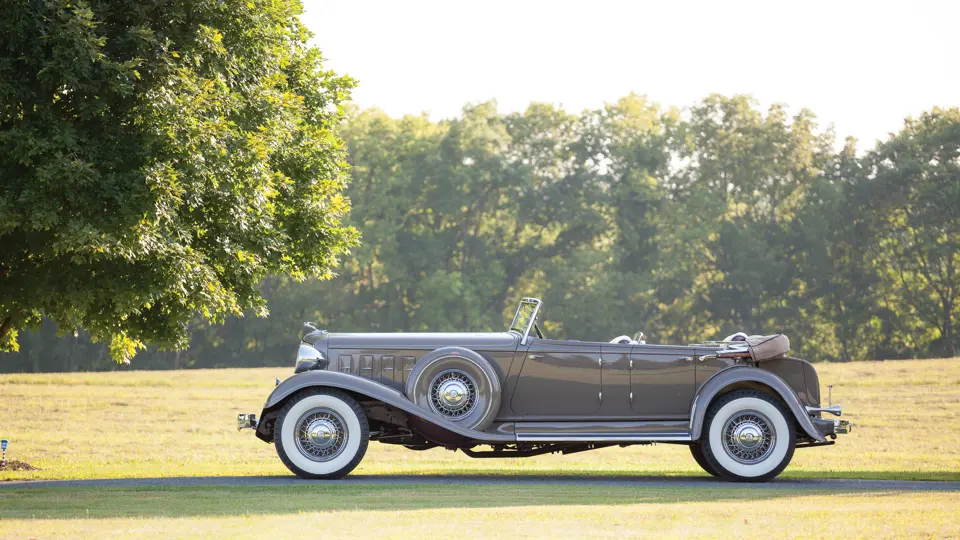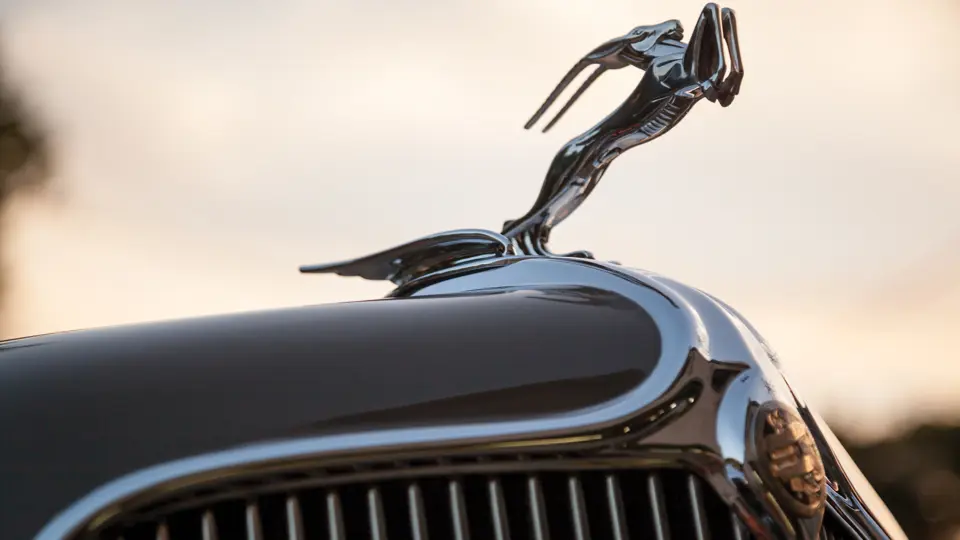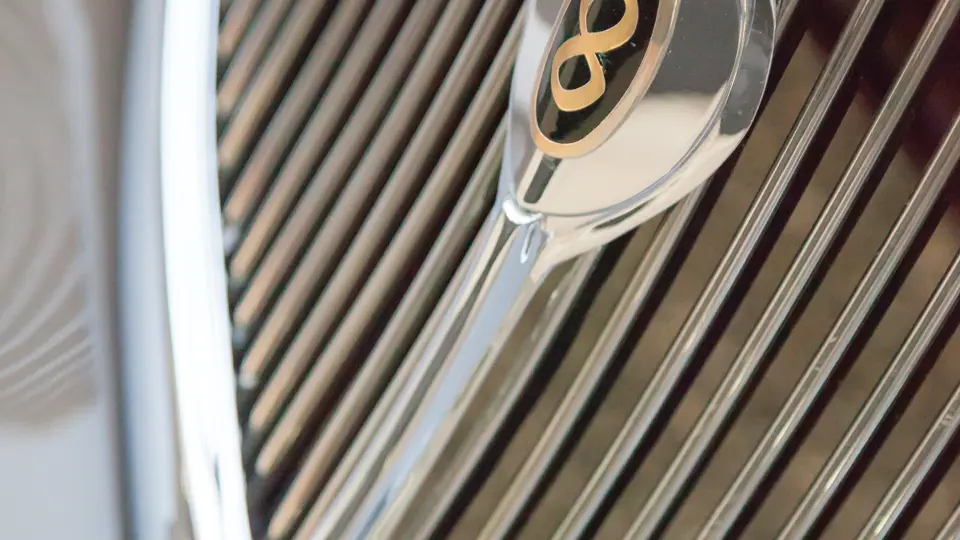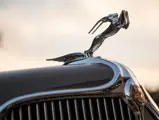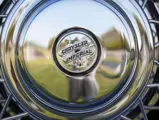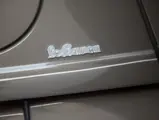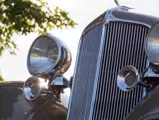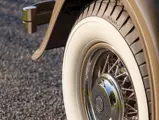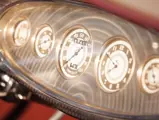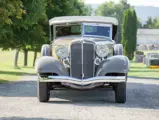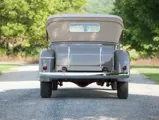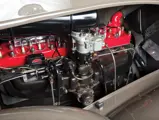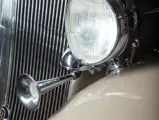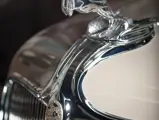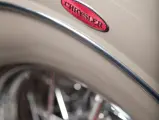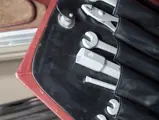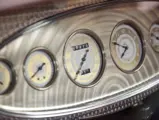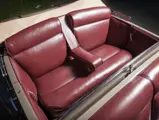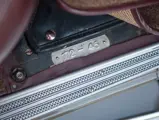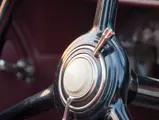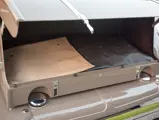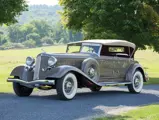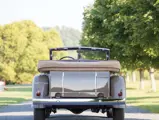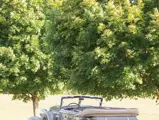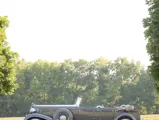135 hp, 385 cu. in. L-head inline eight-cylinder engine with nine main bearings, three-speed manual transmission with vacuum-assisted clutch, leaf-spring and beam axle front suspension, leaf-spring and live axle rear suspension, and vacuum-assisted four-wheel hydraulic drum brakes. Wheelbase: 146 in.
Changes for the 1933 Chrysler Imperial marked yet another leap forward, and it included a more imposing frontal view and a sharply pointed grille that blended into the remarkably long hood line, which was achieved by overlapping the cowl and extending it to the raked split windshield. In many ways, the 1933 models represent Chrysler’s ultimate aesthetic statement of the Classic Era.
With a bevy of talented designers and individuals, LeBaron Carrossiers Inc. was a successful firm and already well into a successful partnership with Chrysler under the ownership of its parent company, Briggs. Together with their design staff, John Tjaarda and Ralph Roberts were responsible for LeBaron's designs for the next several years, as the company was now ideally positioned to take full advantage of the burgeoning demand for coachbuilt bodies that developed throughout the 1920s. Design work flowed in from Duesenberg, for which LeBaron bodies were among the most prolific, as well as Marmon and, of course, the stunning CG and CL Chrysler Imperials.
In total, Chrysler ordered 50 sport phaeton bodies from LeBaron in 1932. Fourteen were initially shipped, although a few are believed to have been returned to the factory for an update with 1933 sheet metal and trim. Other than these updates, 36 of the 50 cars were originally built as 1933 models, and today, it is estimated that just 17 remain, including a handful of restored examples. In fact, LeBaron’s own Ralph Roberts was so enamored with the design of the 1933 dual-windshield phaeton variant that he ordered one for use as his personal car.
This particular Chrysler Custom Imperial Phaeton is known to have been delivered new on June 9, 1933, to its first owner in Washington, D.C. At some point before the 1950s, the car was in the hands of a Mr. Paul Vanderbilt. In 1954, famed collector Homer W. Fitterling, of South Bend, Indiana, discovered the car in the Chicago area and purchased it for his collection, giving the CL its first restoration. Although the body was in good condition, the chassis was reportedly very high mileage; thus, Fitterling swapped the body onto the chassis of a very low-mileage but identical 1933 Imperial Sedan chassis. In 1984, noted collector Robert P. Bahre, of Maine, purchased the car and retained it as part of his collection until the mid-1990s. The next owner consigned it to Barry Keating’s Classic Crossroads, which would carry out a concours-level restoration on the car. At that time, the body was reported to be in excellent original condition and still retained all of its sheet metal and castings. During the restoration, the replacement engine was renumbered to match the original engine number, CL1356. In 2004, the Imperial was displayed at the prestigious Pebble Beach Concours d'Elegance, where it achieved a podium finish in the American 1925–1940 Open class.
Notable exterior features of this car include dual chrome-plated horns, dual side-mounted spare tires that sport period-style whitewalls, polished stainless steel wire wheels with chrome hubs, and a rear-mounted luggage trunk. All plating was performed by Robert Diehl Jr., whose work has graced many Pebble Beach trophy winners. The maroon leather upholstery and custom-made Haartz cloth top with matching liner were handled by Chris Nierstheimer, the long-time trimmer for noted restorer Fran Roxas. As offered today, the Imperial is complete, down to a full set of original tools in the door pocket, a set of side curtains, and a top boot. The restoration is so detailed, in fact, that the car’s bolts were exactingly reproduced with the correct “DB” Dodge Brothers logo. The Imperial is described overall as a wonderful looking, running, and driving example of one of these rare coachbuilt automobiles.
This big Imperial has been maintained by its subsequent owners, and several years ago, it was sent to the highly respected Stone Barn Restorations, of New Jersey, for a full mechanical sorting, at a reported cost of $15,000, to make sure it functioned as well as it looked. Prior to its offering here, it has been sent back to Stone Barn for another service and checkup, to ensure that its performance continues to live up to the legendary standards of the 1931–1933 Imperials.

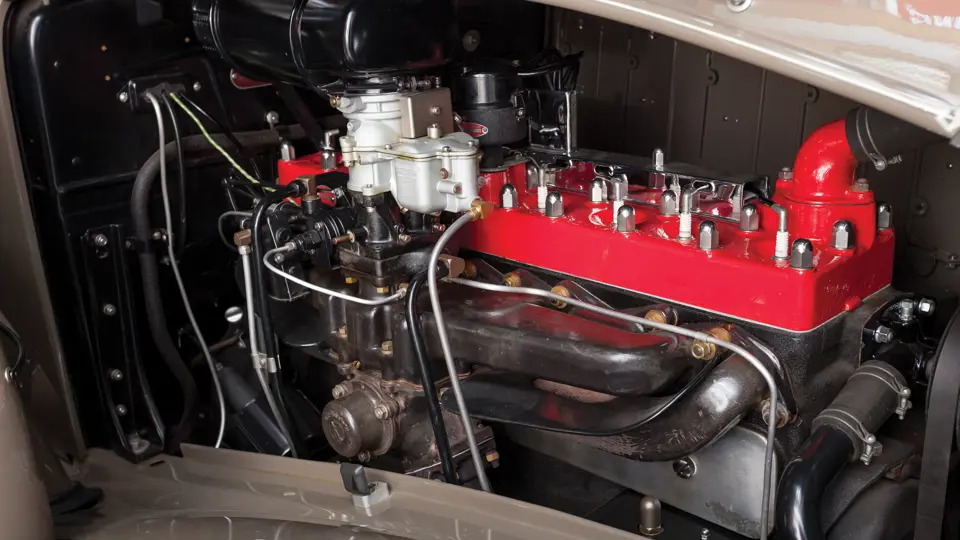
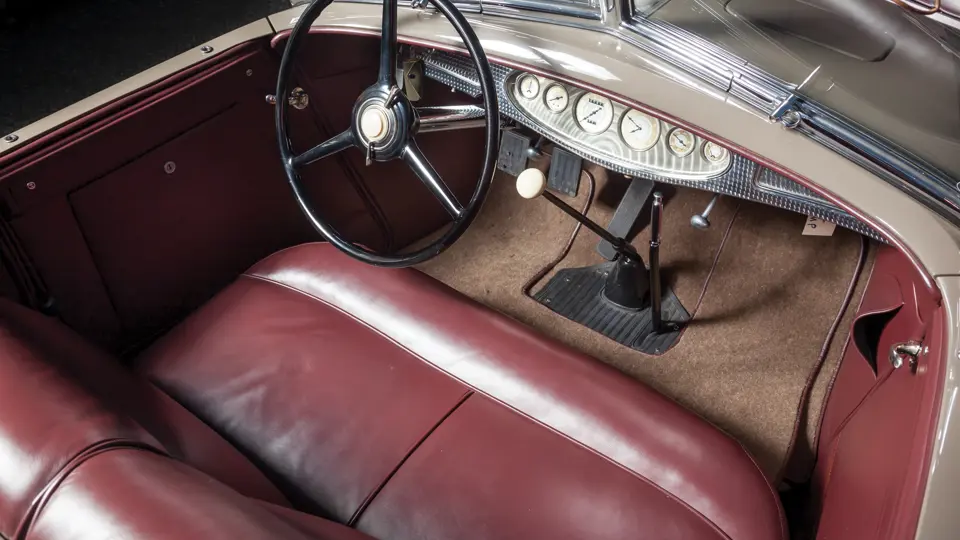


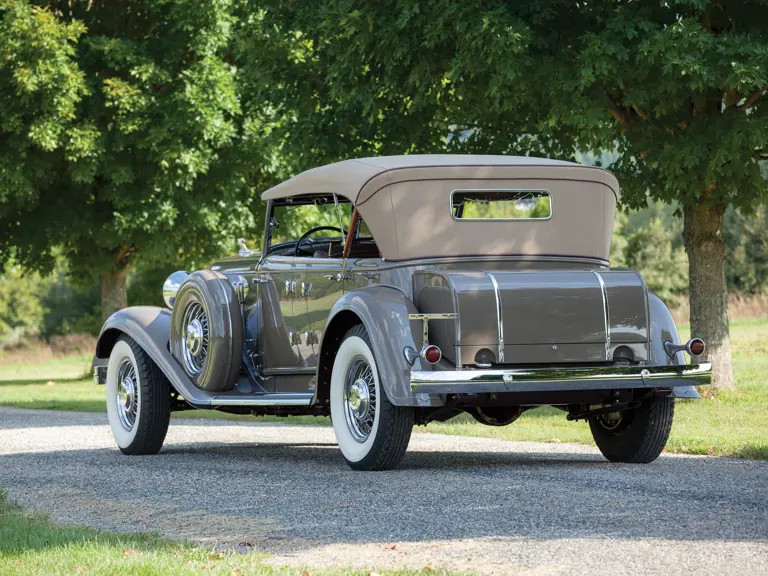
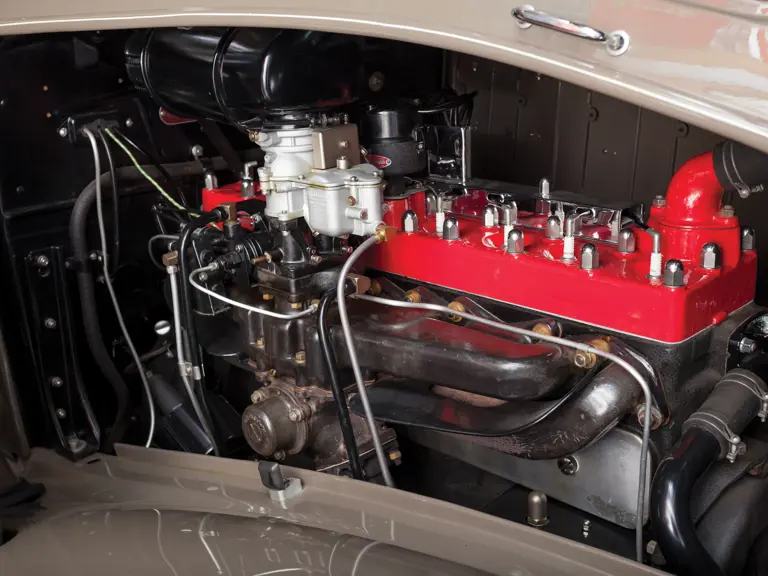
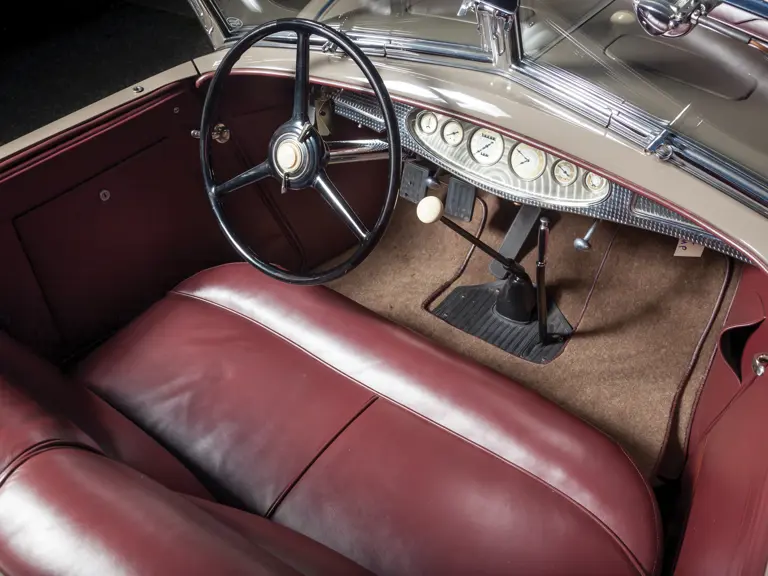

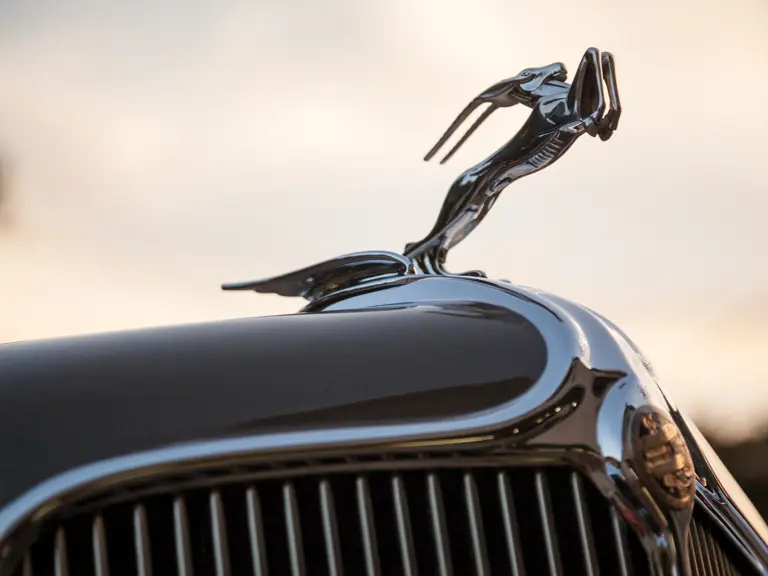
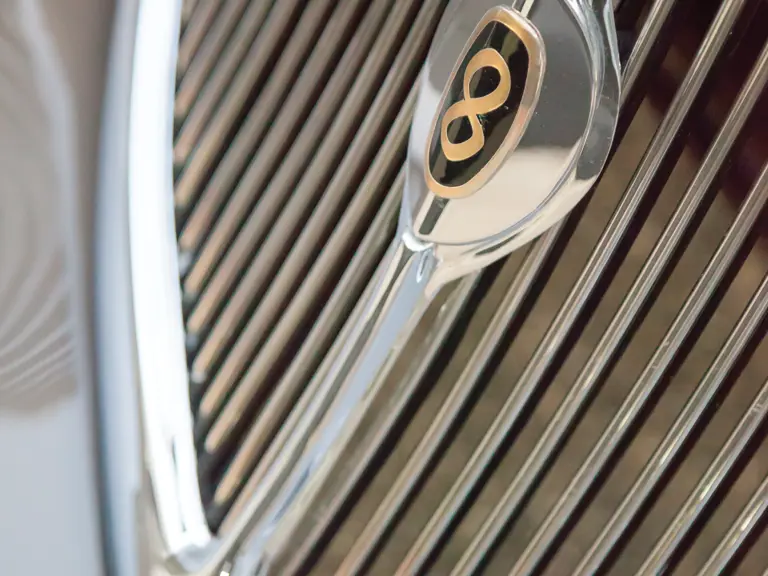
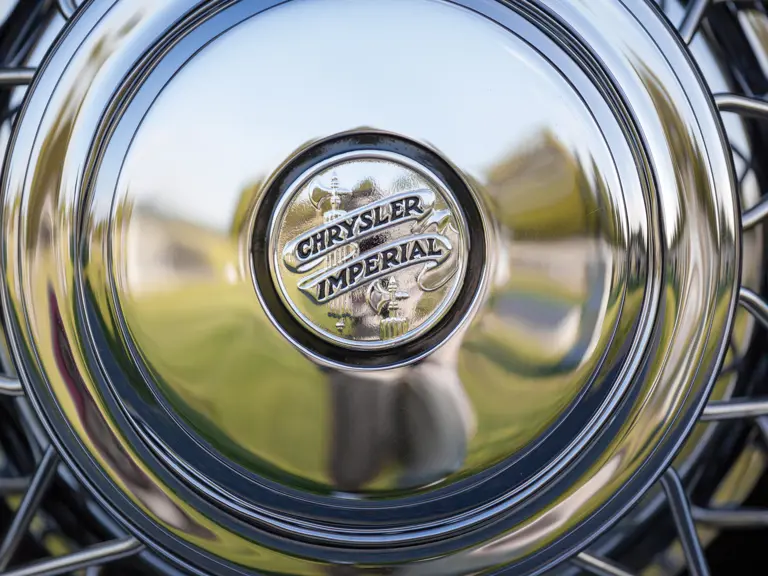
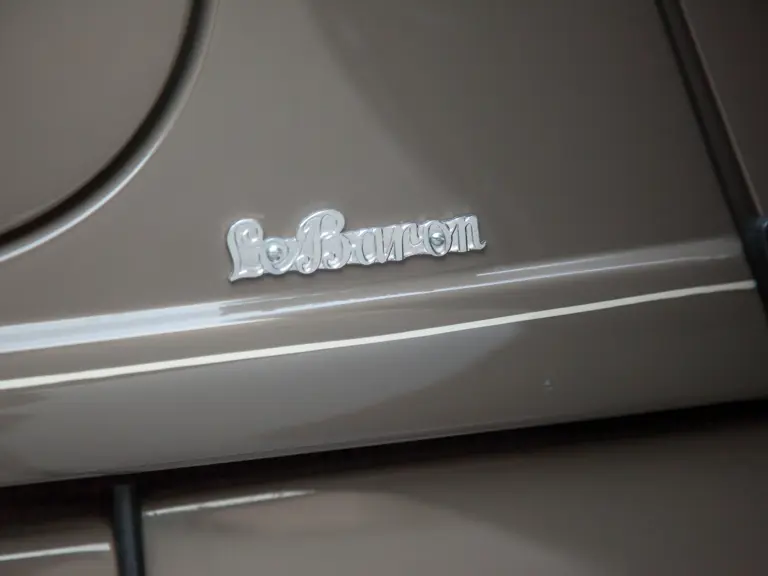
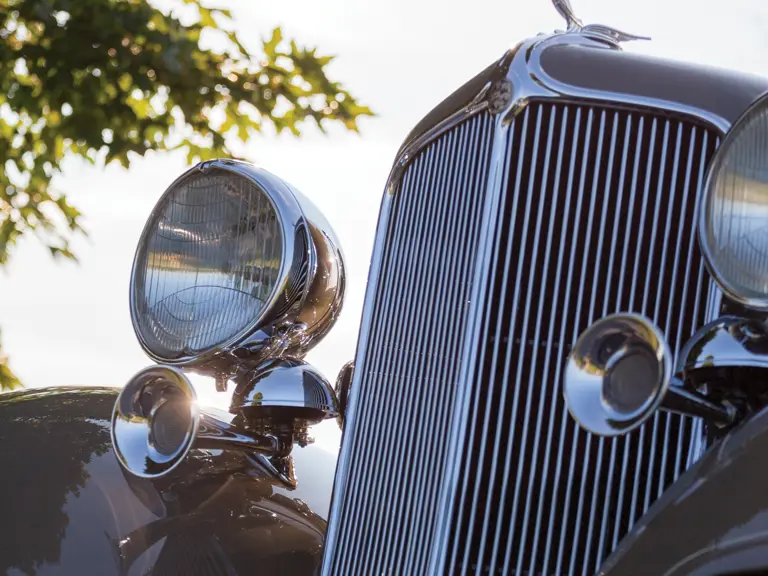
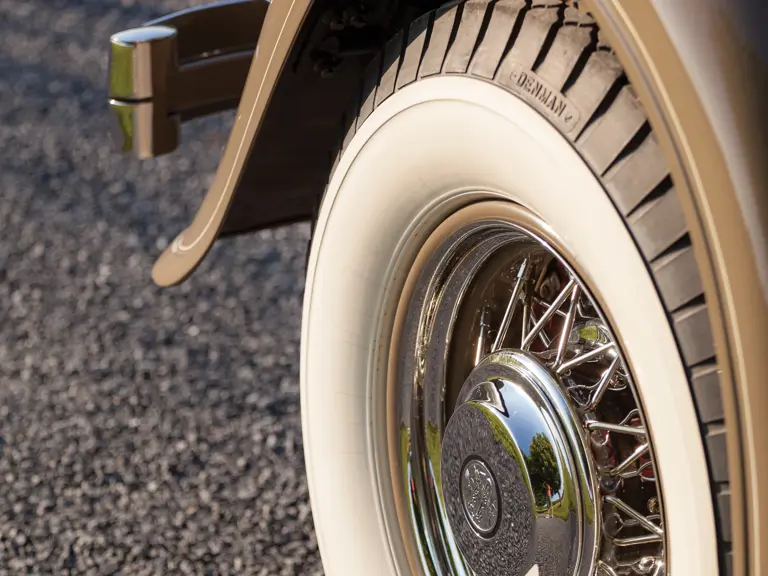
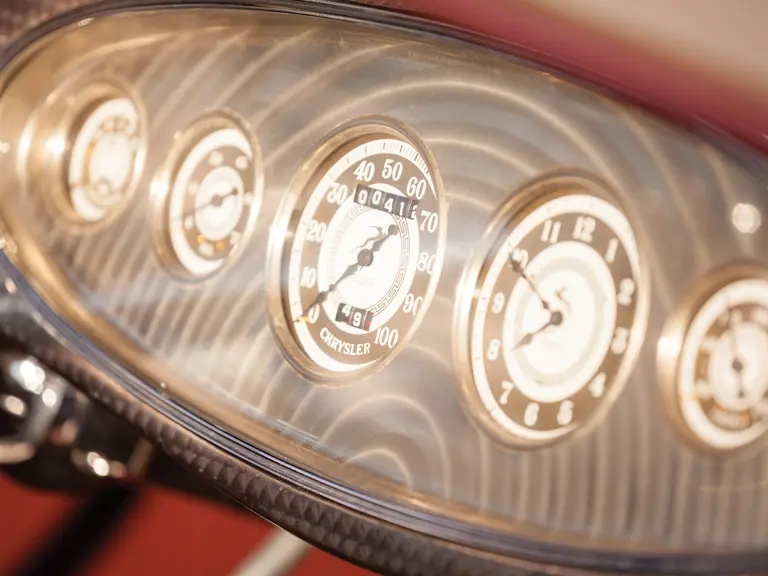
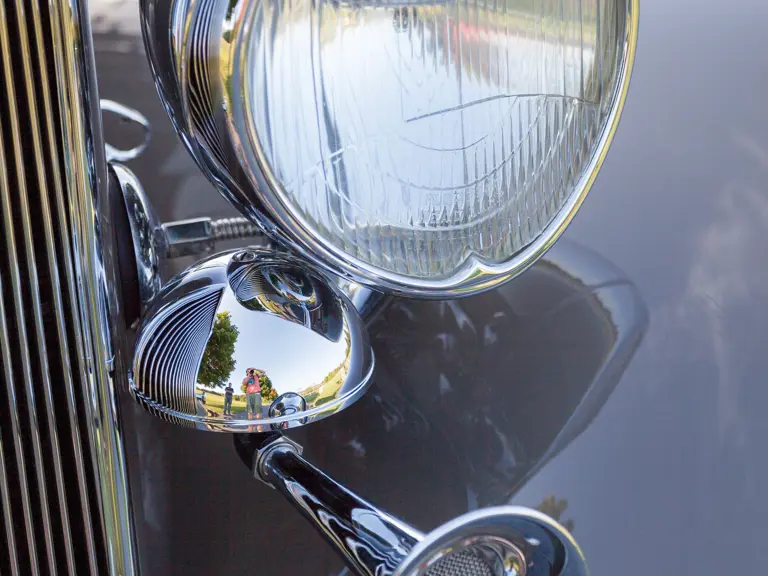
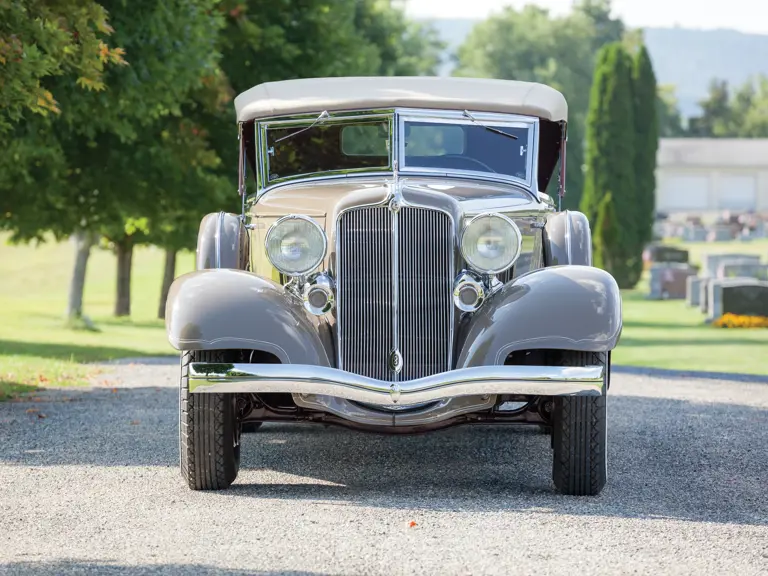
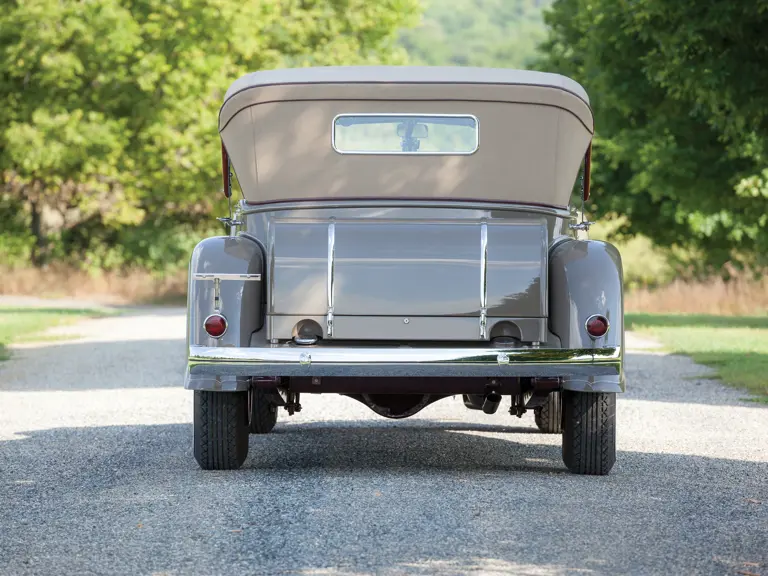
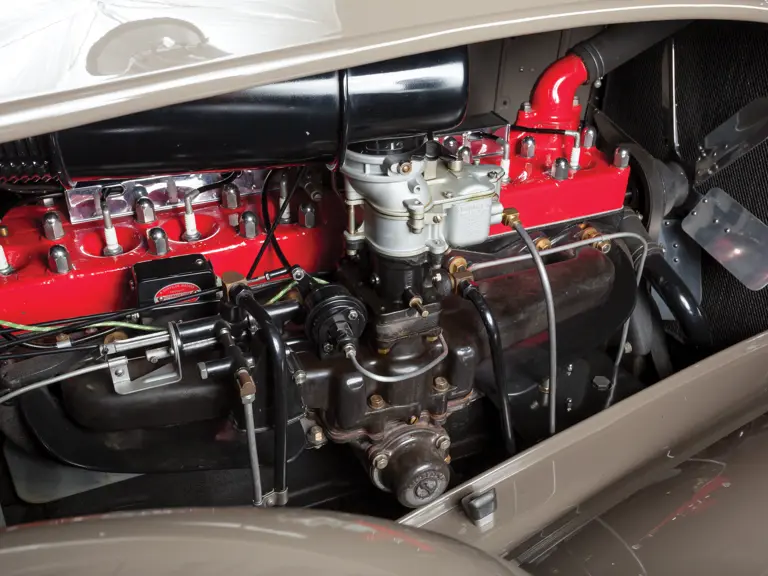

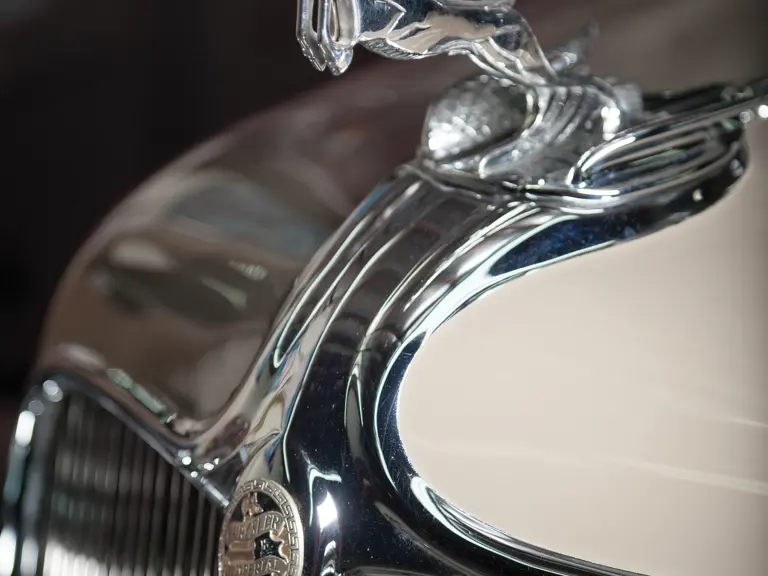
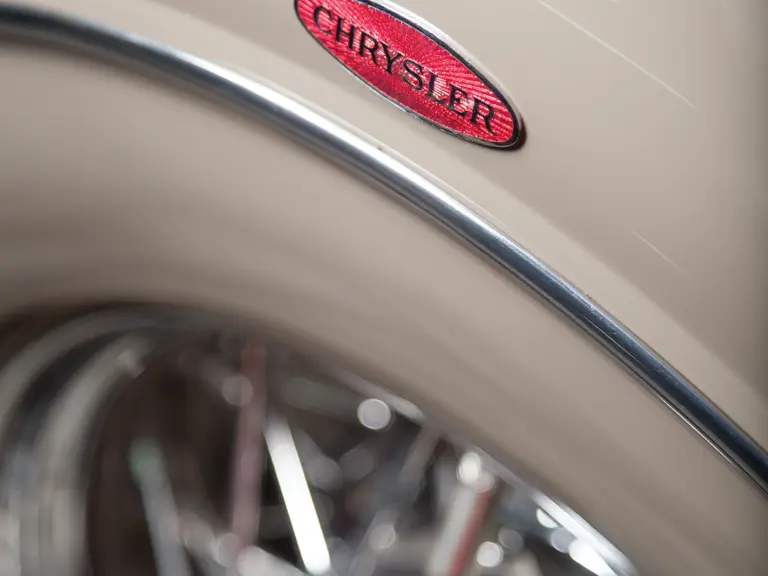
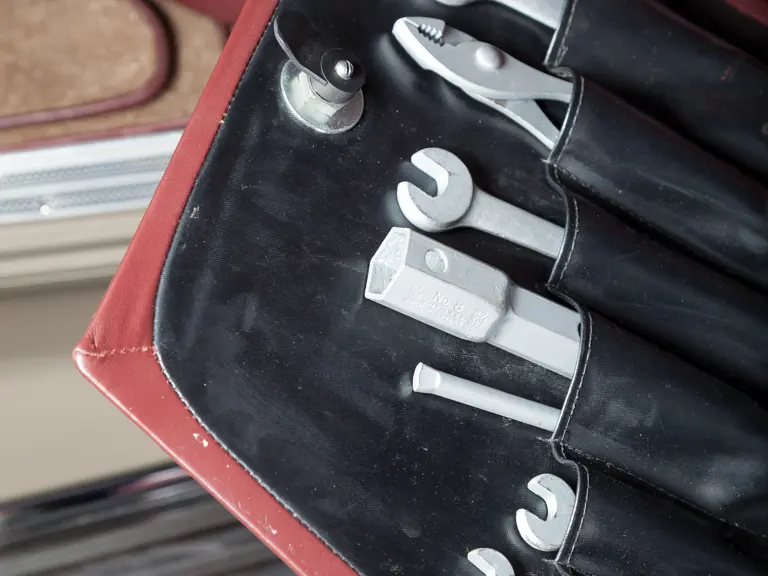
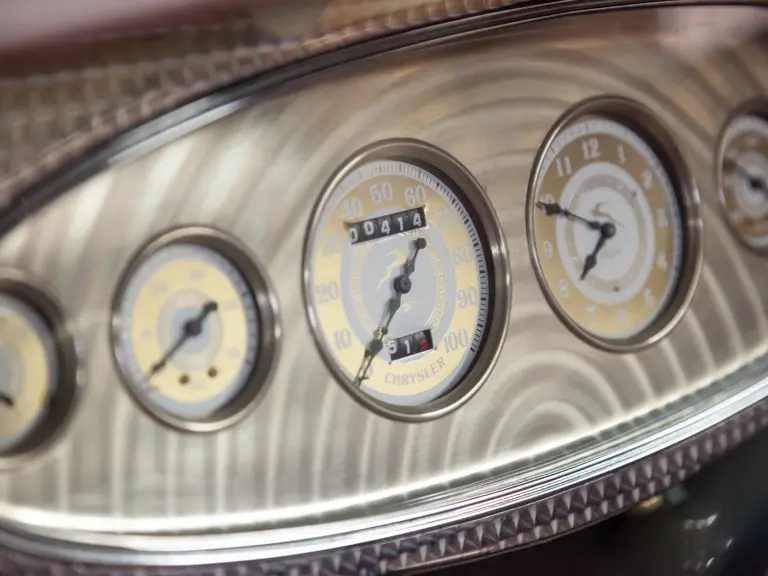

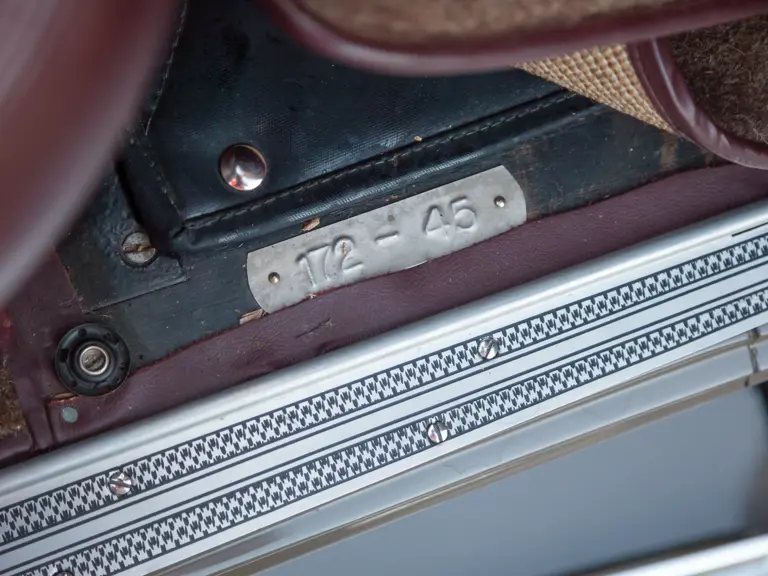


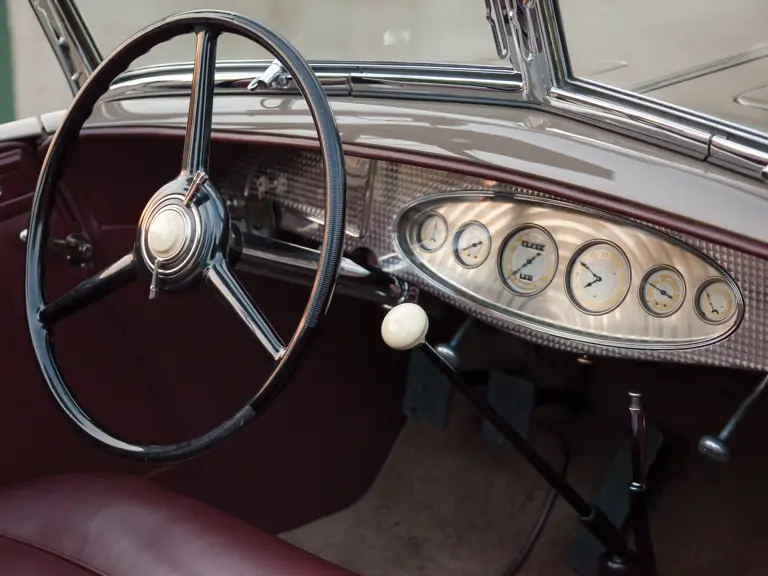

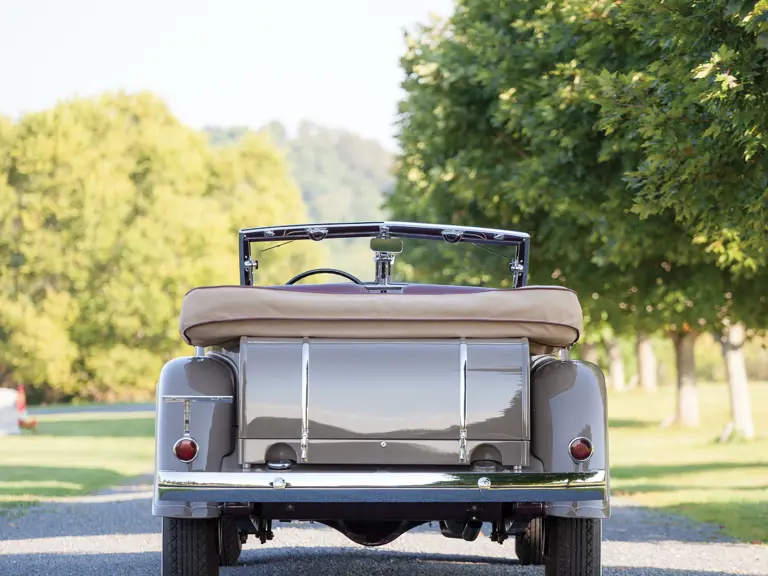

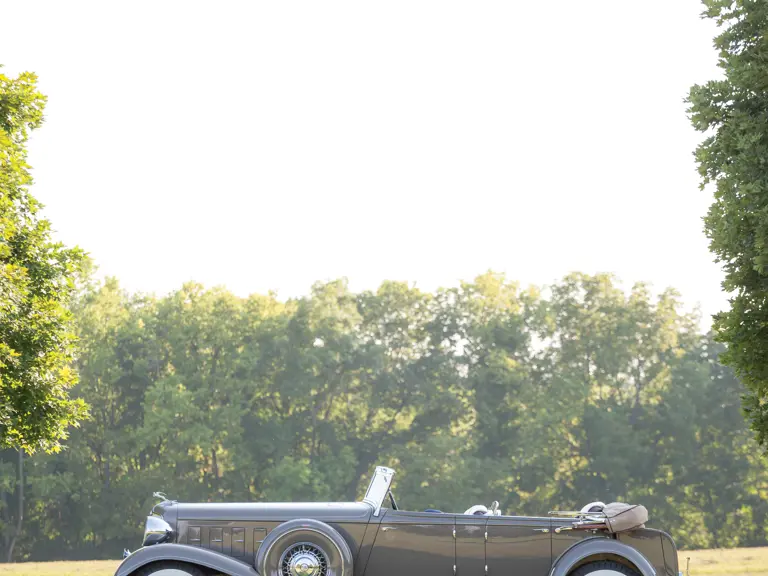
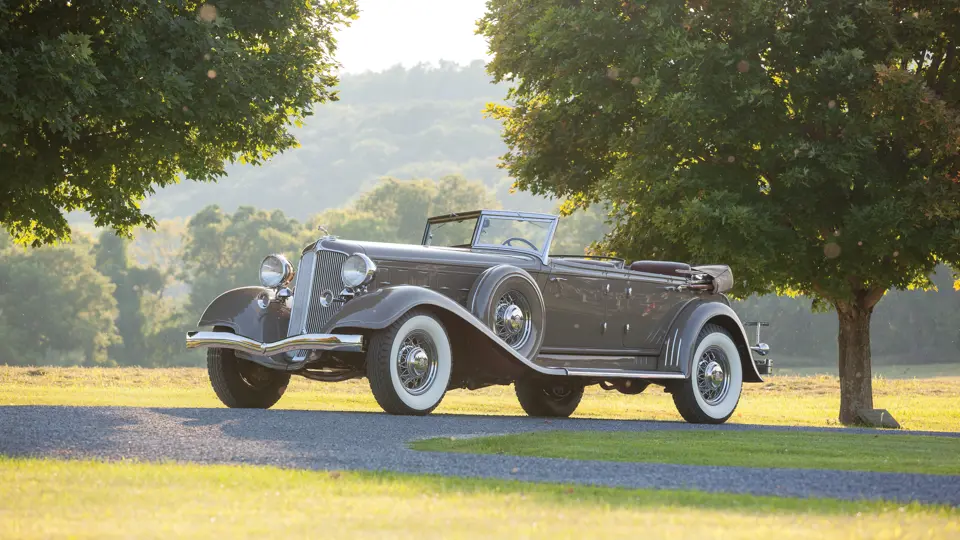
 | Hershey, Pennsylvania
| Hershey, Pennsylvania
